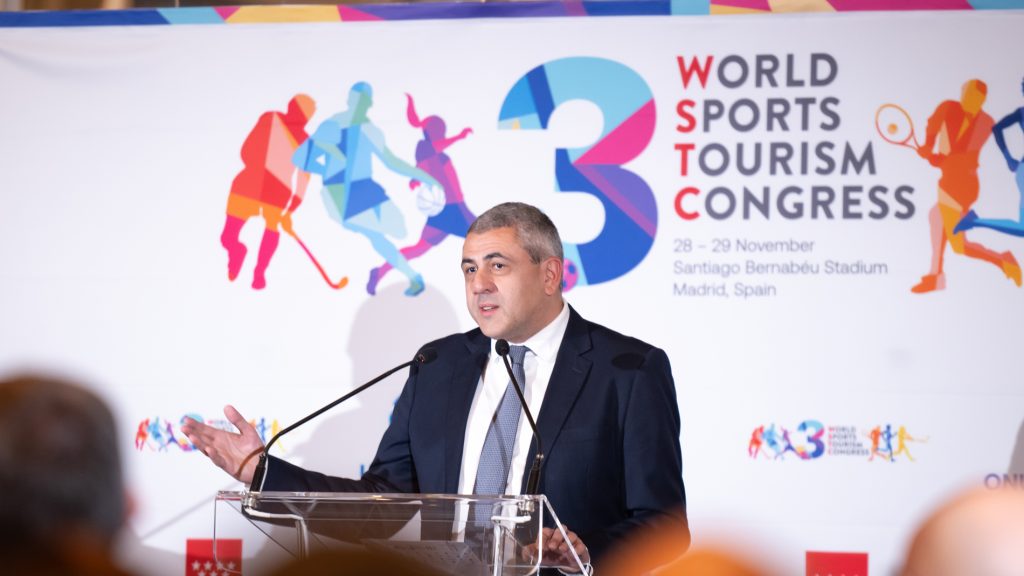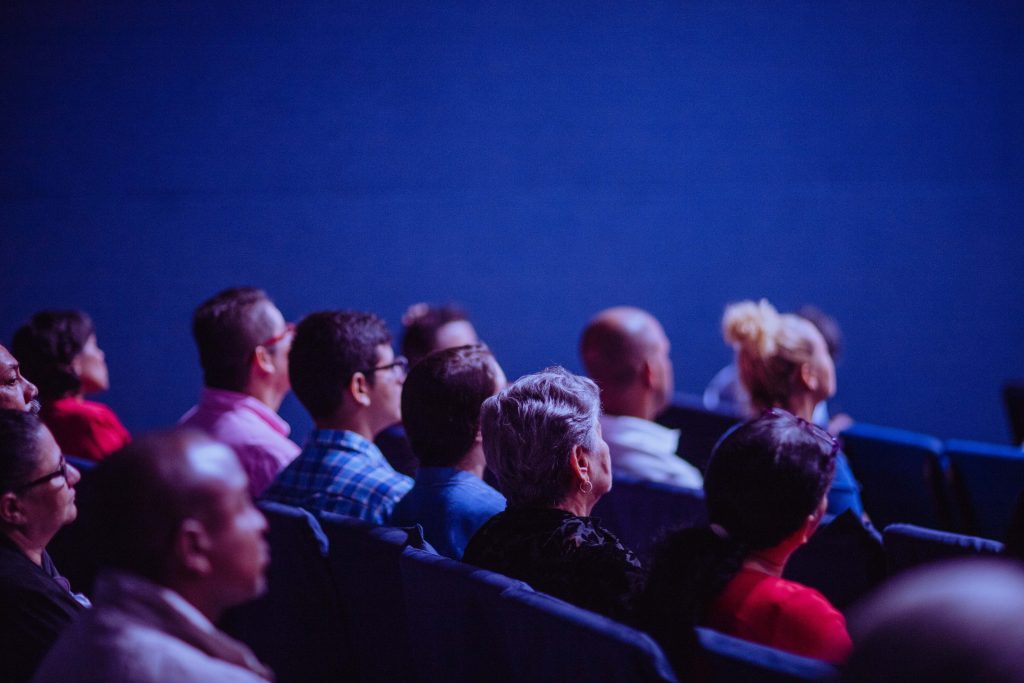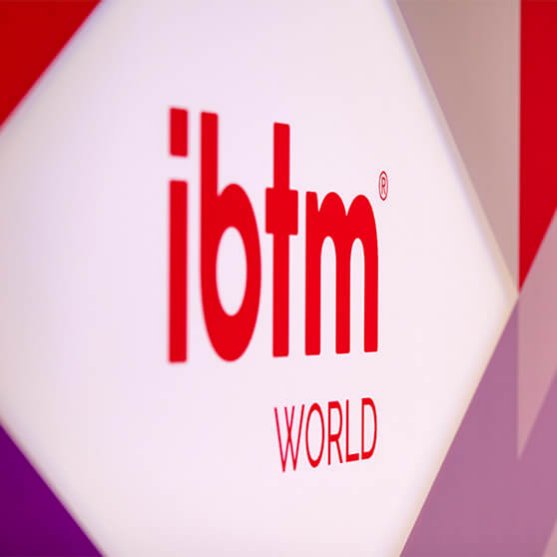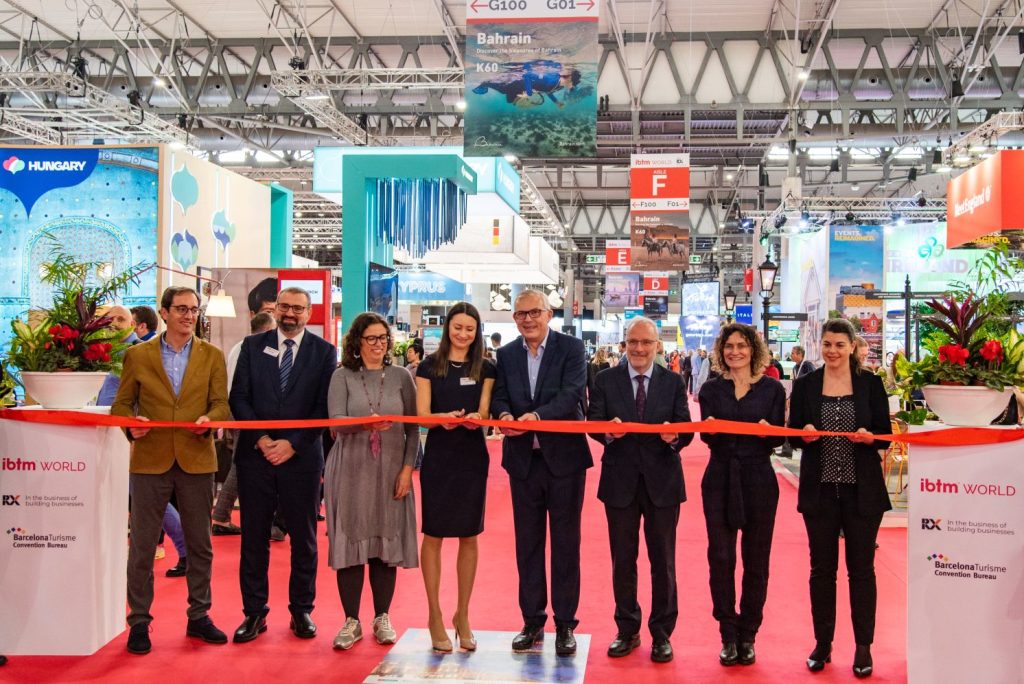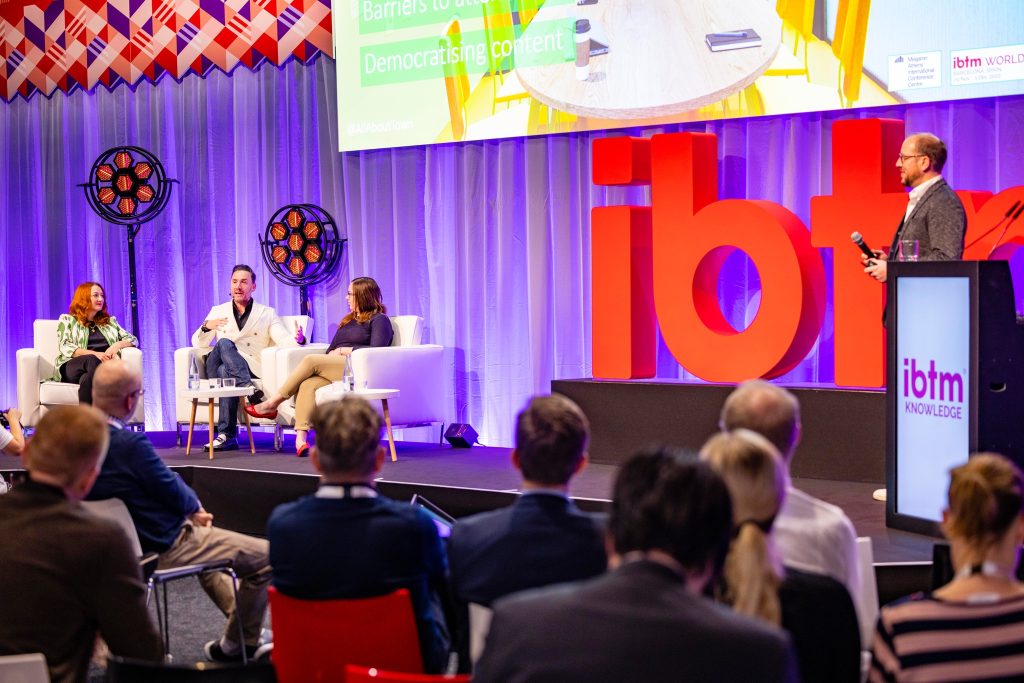eCommerce Expo takes steps to blend online and live experience thanks to micro-location
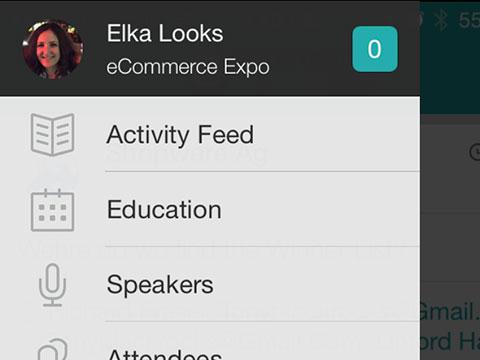
Share news
Listen
Initially (as often…), the idea of using an app was to replace the printed material. But the DoubleDutch app proved to be more than just a digital agenda. The organizer, UBM, used the eCommerce Expo app to communicate with attendees, increase engagement and figure out what was resonating and what needed improvement. In a nutshell, to understand the behaviours in real time and adapt the event accordingly.
The UBM team decided to use Location Based Messages, a feature that allows event organizers to send targeted information to attendees based on their proximity to beacons placed throughout the event. The goal was twofold: first, to foster a more personalized event experience and to showcase “omni-channel marketing” (the fusion of multiple online and offline marketing channels to create a more complete experience). Second, to demonstrate the ways marketers can create a seamless experience across online and offline channels, adding extra touch-points with the event´s brand, so marketers can connect the online and offline shopping experience, a key issue for the future of marketing and retail.
UBM placed 10 beacons strategically at the train station and throughout the venue. The beacons were used in three ways:
– to welcome attendees – one beacon was placed at the train station to welcome people and provide them with directions to the venue. Another beacon was deployed for their Director´s Club, an invitation-only element of the show, to send another welcome message along with content that specifically related to the Club.
– to send push messages with real-time information, letting people know what was going on and where.
– to send out links to in-app polls and surveys in some of the sessions, therefore enabling a higher and more relevant usage of the app.
iBeacon technology, while still in its infancy, has tremendous potential in its ability to bring together the online and live experience. It provides an additional personalized touch-point to have with attendees, enabling them to connect with their audience as the event progresses.
The most successful messages got impressive response-rates: 35% of the attendees that received a beacon-triggered notification in the theatre took action within the app. In other words, the iBeacon Location-Based Message triggered significant engagement with the content.
Another learning is that over the two days, the UBM team noted that location-based messages sent in the morning had better response rates than messages sent in the afternoon.
One added bonus was that the number of devices receiving the beacon-generated messages provided a way of gauging the flow of people at the venue. Moving forward they hope to figure out which of UBM´s marketing objectives can benefit from using location-based messages in creative ways. By harnessing the ability to provide timely and relevant information to surprise and delight attendees, UBM hopes to explore further ways to personalize the event experience.
Challenges. DoubleDutch shares with us the challenges, understandable in this early technology. Storage issues on devices often made it difficult to receive location based messages, and the technology worked significantly better with iOS than Android (59-68% of iOS active users detected a beacon signal, which means that the majority of this audience had enabled Bluetooth and could receive the notifications).
Also, the worst performing beacons were in the Train Station and Keynote Theatre; these beacons detected fewer than 6 attendees on both days. Considering how highly traversed both of these areas were, these numbers are quite low. This was either a hardware issue or the result of an obstacle in the space affecting the beacon signal.


